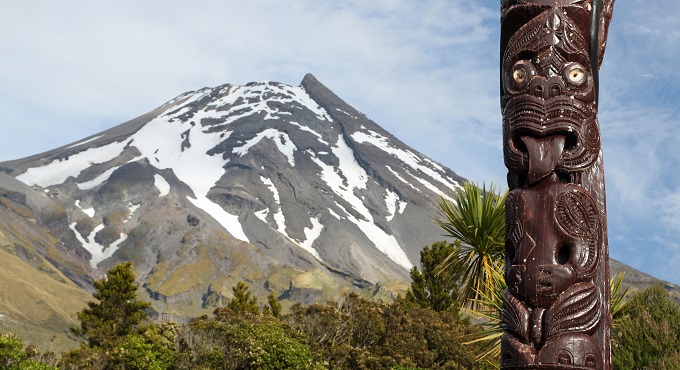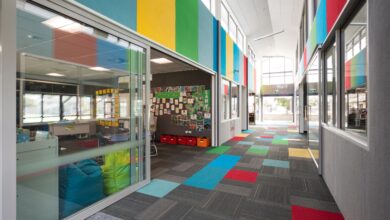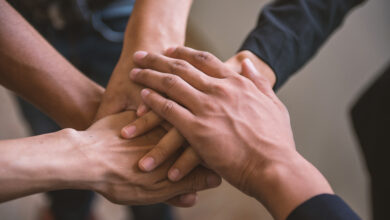
Changes to the school curriculum to better reflect key aspects of New Zealand’s history have been welcomed by Manatū Taonga Ministry for Culture and Heritage Chief Historian Neill Atkinson.
“Ensuring our young people learn and have a better understanding of the experiences and events which have shaped our nation is a significant step towards building confident and connected communities,” Neill Atkinson said.
“The NZ Wars were one of the most devastating events in Māori and New Zealand history. I welcome any support by the Prime Minister and government to ensure that it is taught in our schools with appropriate resourcing and provision in the curriculum.” – Meng Foon #TeachOurHistory pic.twitter.com/PM3L2iqYM5
— NZ Human Rights Commission (@NZHumanRights) September 10, 2019
“The changes being made aim to reset the national framework which will see more schools and kura teach fundamental aspects of our country’s history by 2022,” advocates Neill.
“These include the arrival of Polynesians in Aotearoa, early encounters between Māori and Europeans including Tuia – Encounters 250, Te Tiriti o Waitangi and early colonial history, the New Zealand Wars, the close connection with our Pacific neighbours, the development of New Zealand’s identity and nationhood, and the long history of immigration that has created an increasingly diverse nation.
“In 2040 we will mark the 200th anniversary of the signing of Te Tiriti o Waitangi. Over the next 20 years, we have an opportunity to develop a deeper, more inclusive sense of nationhood – or Aotearoatanga – by understanding and coming to terms with our history, including the difficult histories of internal conflict.
“Manatū Taonga has a range of resources to support this curriculum change. These include the Te Ara – Encyclopaedia of New Zealand and New Zealand History websites, which provide extensive content on many aspects of our history, culture and society.
“Another one of our projects, Te Tai – Treaty Settlement Stories, will make an important contribution to awareness of iwi history and Māori-Crown relations.”
NZEI Te Riu Roa President Lynda Stuart says the decision is long overdue.
“It is something we have been advocating for some time,” she says. “Our children need to know the true history of Aotearoa if they are to grow up to be informed citizens.”
Ms Stuart says that there will need to be support for teachers if New Zealand history is to be taught successfully in every school.
“It will be important that professional development is accessible to teachers and that appropriate resources are available for teachers at all levels of the curriculum.”
NZEI Te Riu Roa’s Matua Takawaenga, Laures Park, says that the announcement is “not before time.”
She says that some quality resources already exist and are already being used by some schools. She points to the Ministry of Education resource, Te Takanga o te Wa, which the union has been promoting for some time.
“It is an excellent resource that gives teachers the opportunity to collaborate with local iwi and hapu in teaching the stories and histories of their geographic location. Many schools have taken up this approach very easily and successfully. As a result, tamariki have gained a deeper sense of their history and personal identity.”
Ms Park says that she hopes the Prime Minister’s announcement will result in Te Takanga o te Wa being picked up by more schools.
Seriously, I think teaching ‘the arrival of Māori’ is a terrible idea. It homogenises, presumes there was an event that may be described as ‘the arrival’, and reinforces the idea that we are all immigrants. This is an act of nationalism.
— Katarina Gray-Sharp (@TeachingConsult) September 11, 2019
“Te Tai aims to increase understanding about Te Tiriti settlements, the history behind them and their ongoing impact. This includes a focus on iwi telling their own stories, together with a suite of education resources to help schools explore their distinctive, local stories,” Neill Atkinson said.
“A knowledge of history and understanding of different perspectives can help promote tolerance and creates social cohesion and connection, which is central to improving wellbeing.”
Having seen what has been done at the Māori history museum when I was in Auckland, I have a level of confidence in what will be done with the NZ curriculum. I think it will happen better than it has in AUS or the US.
— Elisa Litvin (@ElisaLitvin) September 12, 2019









